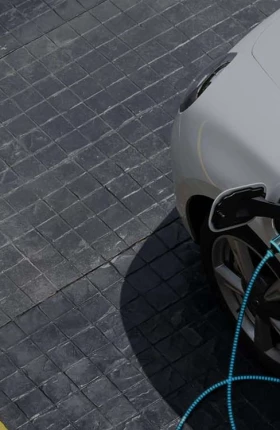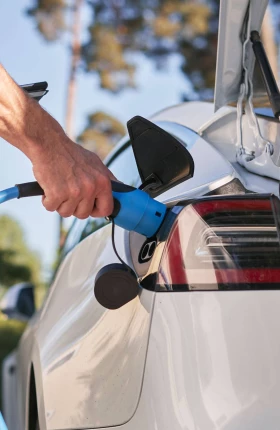There is significant volatility in the sales price of electric vehicles (EVs) at present.
The reasons for this year’s rapid price fluctuations include:
- More EV production capacity and scale.
- Some automakers aggressively cutting prices to hold on to their market share.
- An increase in exported vehicles from China, where vehicles are less expensive to manufacture.
- Supply chain bottlenecks, particularly around batteries .
- Changing criteria on eligibility for a variety of incentive schemes.
Although the price swings have been both unexpected and disorientating for customers, the long-term trend will ultimately favor them, in terms of both affordability and increased transparency, says BCG partner Nathan Niese , global lead for electric vehicles.
The increased transparency is enabled by manufacturers creating direct-to-customer sales routes that bypass some aspects of the traditional purchasing experience at a dealership. And it shines a light on the market’s rapidly changing dynamics.
“The rise of electric vehicles and real-time computing presents an opportune moment for automakers to reimagine sales and marketing, including the use of dynamic pricing. With change can come near-term buyer discomfort. But the endpoint is good for prospective customers,” Niese says.
The So What
Achieving price parity with internal combustion engine (ICE) vehicles is a critical factor in bringing EVs to the mass market.
BCG expects global plug-in EV sales to top 14 million by the end of 2023, a 35% increase on the previous year.
“The industry is giving prospective customers of new and used vehicles a moment they’ve never been offered before. They’re now seeing prices that will drive adoption in ways they might not have been able to imagine a year ago,” Niese says.
In China, the world’s largest and most competitive market for EVs, consumers can already purchase an EV at a lower price than an ICE.
The key question is when consumers in other markets will be able to do the same.
BCG estimates that the US and EU will be able to achieve price parity by 2030, and sooner than that with the right incentives, Niese says.
While this is good news for prospective customers, the price drops are outpacing cost declines. This is putting even more pressure on the profitable selling of EV models and on legacy automakers that must smartly manage the transition from ICE to EV.
Now What
Customers and manufacturers should consider the following trends within the
automotive industry
when thinking about future purchases.
- Increased Choice. Relative prices for used EVs are as good as they have ever been as sellers must match the decline in new vehicle prices. There is also increased and unparalleled choice when it comes to new models.
- Future Impact of a Battery Bottleneck. There is likely to be another price spike in 5–10 years’ time due to a shortage of the raw materials needed in batteries. Some automakers will have better locked-in their supply chain costs, but others will have to take a hit and may end up passing on these cost to customers through increased vehicle selling prices.
- The Charging Experience. Price decreases alone are not proving strong enough motivators to drive EV adoption in regions such as the US, as evidenced by the growing inventory backlog of EVs. The charging experience is key, with drivers wanting reliability, a built-out robust infrastructure, convenience, and speed.
“Price is moving faster than charging capabilities. With one stroke, manufacturers can change the price and that impacts a lot of people. Charging is a much longer and harder game when it comes to making step changes,” Niese says.






